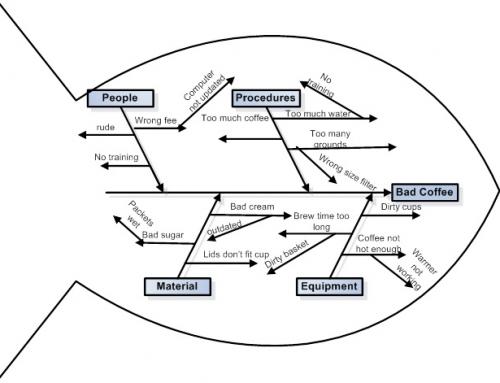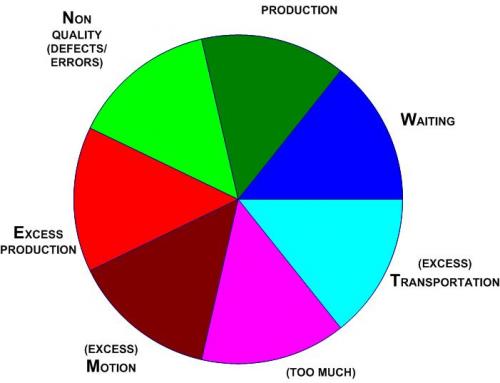Requirements documents come in a variety of flavours, including marketing, business, and product requirements. Although the specific content varies between each type of requirements document, the purpose remains the same.
A requirements document must communicate requirements so that someone can determine a solution.
Why do requirement documents fail?
In many cases, requirement documents fail to achieve their objective. The requirements are usually recorded, but the ‘someone’ determining the solution
- understands the requirement differently than intended
- misses key parts of the requirements, or
- makes requirements decisions that produce unintended results.
When any of the above happen, the solution will probably not meet the real requirements.
The value of expert knowledge
Requirement documents don’t fail because people are malicious or incompetent. They are experts in their field and can do amazing things. A requirements document should capture that expertise so that others can understand the expert’s vision.
That’s usually where things fall apart.
The value of expert communication
An expert may understand their subject matter better than anyone. They have vision. What they don’t always have is the ability to express that vision so that others understand it.
That’s where an Information Mapper comes in. The Information Mapper is an expert in translating the vision into something that others can understand.
Let’s take a closer look…
Here are a couple of short documents which highlight how Information Mapping makes the requirements document easier to understand.
Before Information Mapping
After reading the above, time yourself to see how long it takes to find this information:
- Primary purpose of the program
- Name of the program, and
- Specific goals of the program
After Information Mapping
So, what’s the difference?
To answer that question, time yourself to see how long it takes to find the same information you looked for before Information Mapping was applied.
- Primary purpose of the program
- Name of the program, and
- Specific goals of the program
Both documents contain the above information, but you probably found the information faster in the mapped document. You probably also found the right information, as the information in the unmapped document was intermingled and potentially confusing.
So, really, what’s the difference?
The real difference is that the reader can find and understand the correct information. Consider that the example is just the executive summary of the document. A reader who can understand the summary is more likely to understand the rest of the document.
If the reader understands the rest of the document, they are more likely to create a proper solutions document which meets the needs of the requirements document.










Leave A Comment